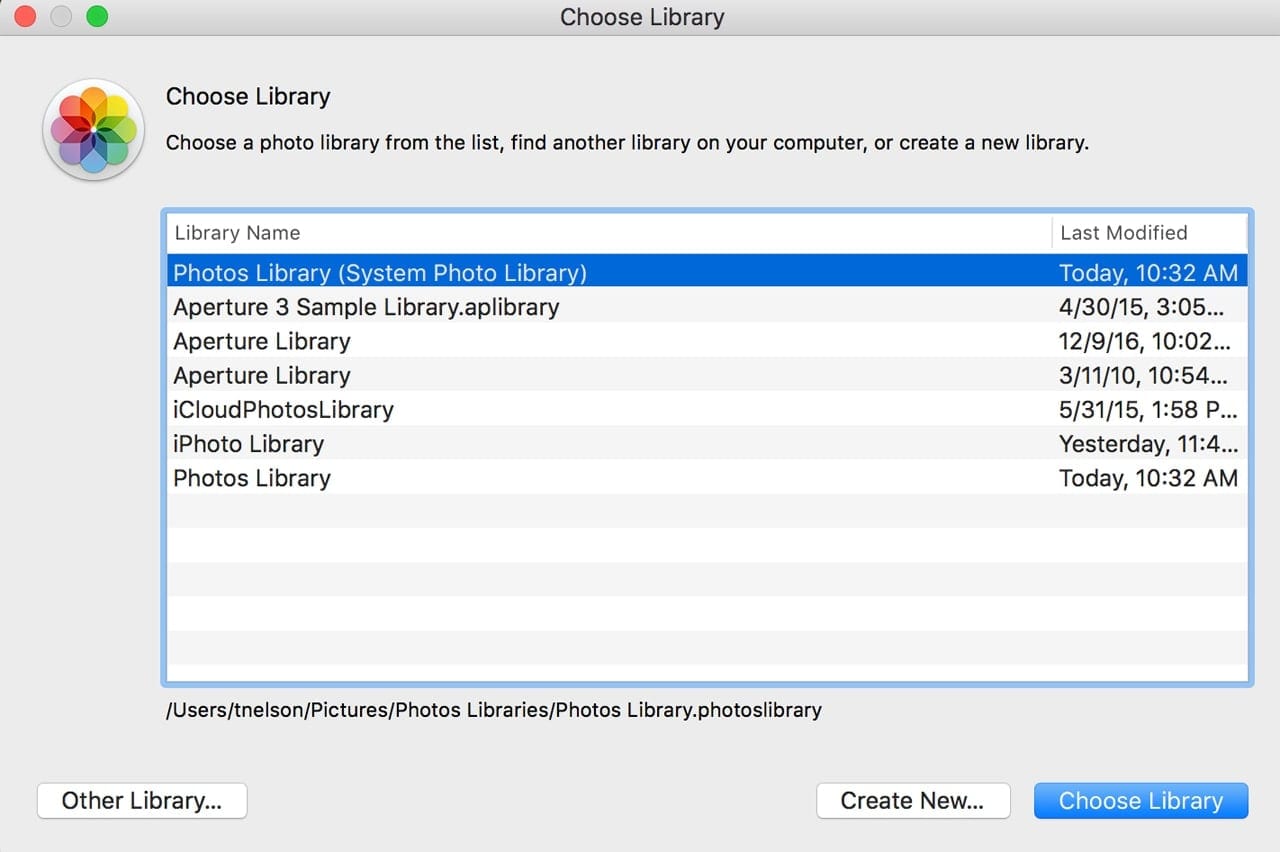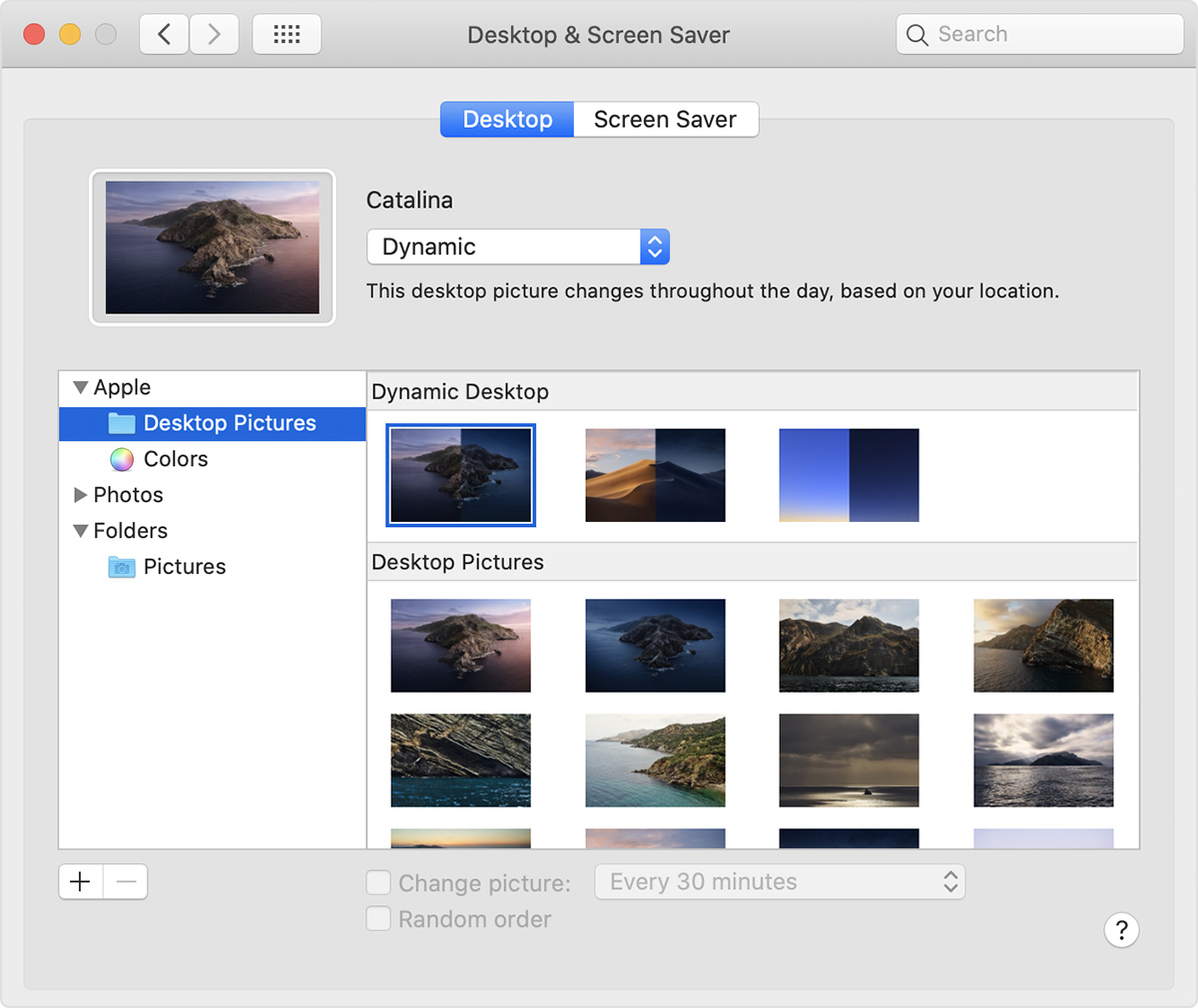How Do I Set A System Photo Library In Mac

- How Do I Set A System Photo Library In Mac Pro
- How Do I Set A System Photo Library In Macbook Pro
- How Do I Set A System Photo Library In Mac Download
Your Photos library holds all your photos, albums, slideshows, and print projects. If your library is large, and you want to free up storage space on your Mac, turn on iCloud Photo Library and use Optimize Mac Storage, or move your library to an external drive.
Before you start, be sure to back up your library.
Prepare your drive
Oct 25, 2019 Launch Photos on your Mac. Click on Photos in the sidebar, under the Library section. Pick out the photos you want to add to an album, either new or existing. Hold down the command key on your Mac and click to select multiple photos. Apr 21, 2015 OK - bad news - the Mac Mini literally crashed and restarted at 50%. I think I am going to delete the old library and create a new library with half the photos - then another library with the other half. I am hoping Photos makes it easy to switch between libraries. Mar 04, 2016 I've included an example screen shot to show what I mean. They have the same file path with the exception of 'iPhoto Library' vs 'Photos Library'. Also, if you check the 'Username' Photos folder size, it's 48GB, while each Photos and iPhotos library is 24GB each. Which leads me to believe that they are separate.
Mar 18, 2020 In the Finder, go to the external drive where you want to store your library. In another Finder window, find your library. The default location is Users username Pictures, and it's named Photos Library. Drag your library to its new location on the external drive. Sep 08, 2015 'Use as System Library' is not available. How can I change this? Your library is already the System Photo Library. That is why the option is greyed out. The first library that Photos is migrating will automatically the System Photo Library. And your library is in the default location, your Pictures folder. One of the photo libraries is already designated as YourLibraryName (System Photo Library). Choose the library you want to designate as the System Photo Library. After Photos opens the library, choose Photos Preferences from the menu bar. Click the General tab. Click the Use as System Photo Library. Feb 17, 2018 Photos for Mac: The ultimate guide Photos for Mac brings it into the modern age of picture and video management, tying it into both the operating system and the cloud. Mick Symons and Rene Ritchie. 17 Feb 2018 100. How to set up iCloud Photo Library on your Mac.
You can store your library on an external storage device, such as a USB or Thunderbolt drive formatted as APFS or Mac OS Extended (Journaled).1 Find out how to check the format of your external storage device.
To prevent data loss, Apple doesn't recommend storing photo libraries on external storage devices like SD cards and USB flash drives, or drives that are shared on a network.
Move your Photos library to an external storage device
How Do I Set A System Photo Library In Mac Pro
- Quit Photos.
- In the Finder, go to the external drive where you want to store your library.
- In another Finder window, find your library. The default location is Users > [username] > Pictures, and it's named Photos Library.
- Drag your library to its new location on the external drive. If you see an error, select your external drive's icon in the Finder, then choose File > Get Info. If the information under Sharing & Permissions isn't visible, click , then make sure the 'Ignore ownership on this volume' checkbox is selected. If it's not selected, click to unlock it, enter an administrator name and password, then select the checkbox.2
- After the move is finished, double-click Photos Library in its new location to open it.
- If you use iCloud Photo Library, designate this library as the System Photo Library.
Delete original library to save space
After you open your library from its new location and make sure that it works as expected, you can delete the library from its original location.
In a Finder window, go back to your Pictures folder (or whichever folder you copied your library from) and move Photos Library to the trash. Then choose Finder > Empty Trash to delete the library and reclaim disk space.
Open another Photos library
If you have multiple libraries, here's how to open a different one:
- Quit Photos.
- Press and hold the Option key while you open Photos.
- Select the library that you want to open, then click Choose Library.

Photos uses this library until you open a different one.
Learn more
If you have a permissions issue with your library, you might be able to resolve the issue by using the Photos library repair tool.
How Do I Set A System Photo Library In Macbook Pro
1. You can't move your library to a disk that's used for Time Machine backups.
Peter Philpott wonders how to access his media files in Photos for OS X: “In iPhoto, I could right-click on a photo and get it to reveal the original in the Finder.” Photos has an option when you right-click media, as well as in the File menu, labeled Show Referenced File in Finder—but it’s grayed out for him on the images with which he attempts this.While Photos stores original images just as iPhoto did, as well as modified versions and thumbnails, it’s more cautious about letting you get to them. If you import images into Photos (Preferences General, and Copy Items to the Photos Library is checked next to the Importing label), then you can’t easily get to the original file in the Finder.With the Importing option checked, all images are imported instead of referenced.However, if you drag images in from another location on the same or a different drive with that option unchecked, Photos references the original, but keeps it in place. How to show library in mac os. This allows you to retain your existing folder structure.
How Do I Set A System Photo Library In Mac Download
2. If the volume isn't formatted APFS or Mac OS Extended (Journaled), or has been used for Time Machine backups but hasn't been erased, this checkbox will either not be present, or won't be selectable after unlocking. Erase and reformat the drive for this option to be available.